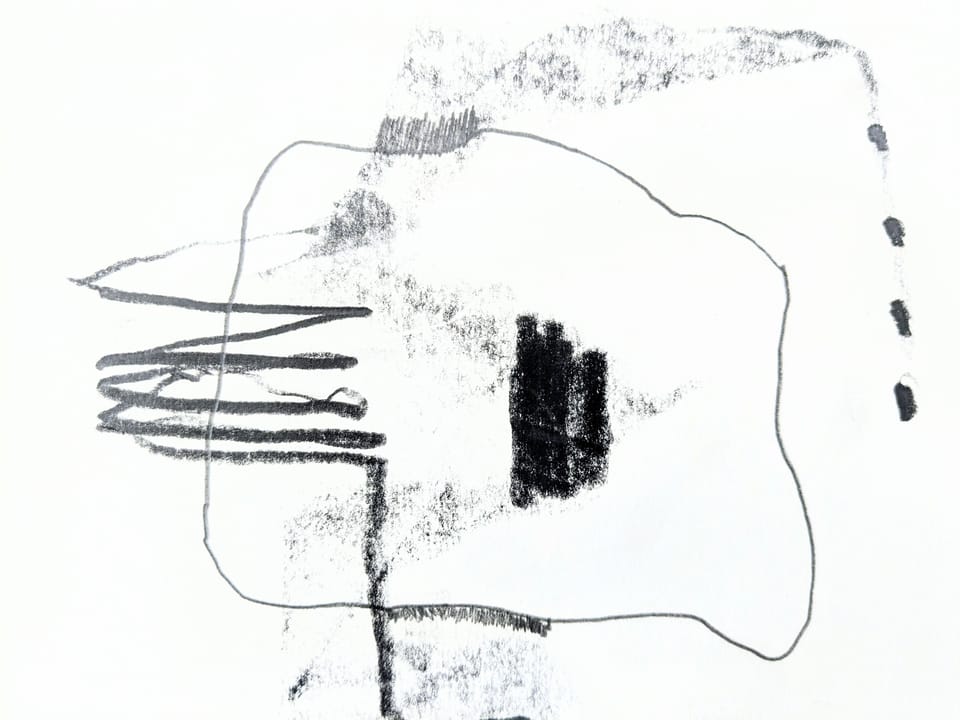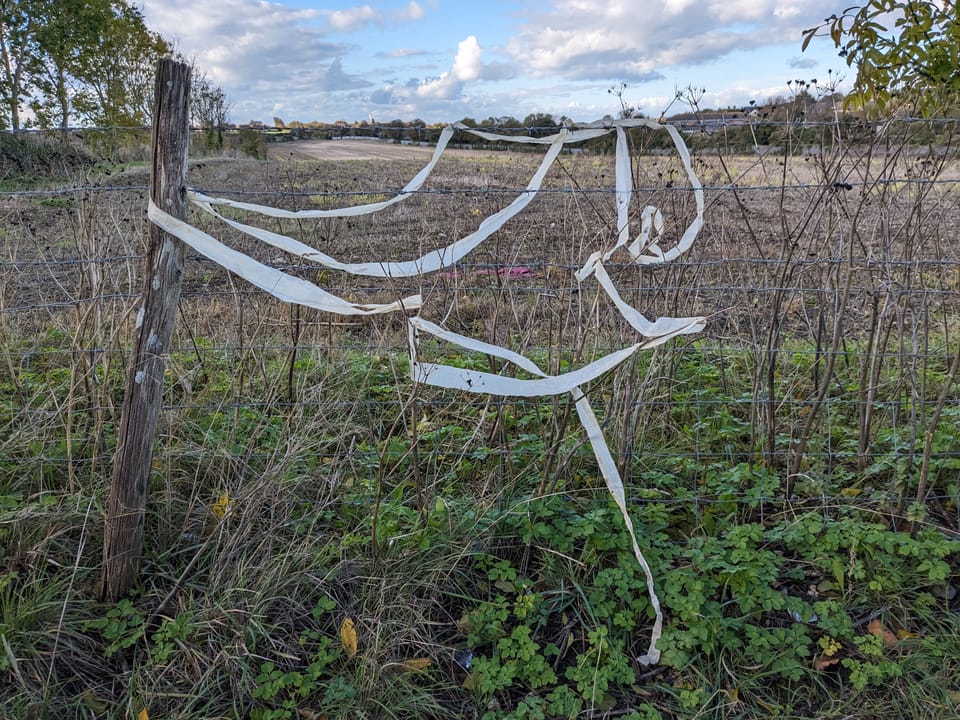The Illusion of Change: How the Nonprofit Sector Contains, Not Transforms
A reflective critique from within the UK nonprofit sector, examining how cycles of funding and regulatory control constrain the potential for real transformation.

There’s this building feeling at the end of every year, a familiar tension in the air. Most of us who’ve spent time on the ground in social justice work recognise it: the pressure, the exhaustion, and a sense of déjà vu as the sector retrenches. In the wake of Covid-19, we saw an upturn in charitable giving, trusts, foundations, and government stepped in to prop up a crumbling social infrastructure. But as quickly as that support appeared, it evaporated. Now, post-pandemic and after more than a decade of austerity, the third sector is left scrabbling for ever-smaller pots of money with ever-larger queues at the door. Let me be clear: the money is out there, plenty of it. But it’s locked away, concentrated in privatised spaces where wealth compounds for millionaires and billionaires, while the illusion of care is expertly maintained by the non-profit sector.
We run a small organisation with supportive funders. At the end of 2024, we restructured to stay nimble and consolidated, determined to keep delivering vital work for young people at the sharp end of multiple injustices. We’re just one cog in a vast, complex ecosystem of charities and non profits, all wrestling with social inequity. As the founder, my sense of cynicism has deepened with each cycle of funding, burnout, and disappointment and I keep finding myself saying ‘why should we have to fight so hard for this???’.
If we step back and trace the history of our sector, the outlines become stark. The evolution from religious forms of charity to today’s complex landscape of regulated institutions isn’t accidental. Drawing on Thomas Davies’ Histories of the Nonprofit and Philanthropic Sector, it becomes clear that charity in Britain never existed in a vacuum. It was deeply entwined with imperial administration and governance, both domestically and across the empire, embedding moral and social control, not just benevolence. The birth of the Charity Commission in the 19th century wasn’t about empowering the people but about ensuring compliance and managerial legitimacy, setting the parameters of “acceptable” social action and gatekeeping against more radical, collective organising.
Leah Cowan’s “Hierarchy for Hierarchy’s Sake” extends this critique by showing how governments, especially in the age of austerity, outsourced responsibility to the so-called “Big Society.” What looked like empowerment was, in truth, a tactical withdrawal by the state. Protests became professionalised, grassroots energies corralled into bureaucratic charity structures unable to challenge root causes of inequity. As Cowen remarks, working in the sector often feels like “sticking-plasters over bullet wounds”, alleviating harm without ever getting near the structures producing it. The same old hierarchical governance models persist, reproducing the inequities, precarities, racism and ableism they claim to dismantle.
This isn’t a new trick. Over decades, voluntary organisations have entered into a “Faustian pact” with the state, gaining access and influence, yes, but losing the autonomy and radical vision that first attracted them to the work. Policy changes and legislative acts, such as the Compact or the Charity Acts, have only tightened this regulatory embrace over time. Meanwhile, cuts to public welfare have forced even the best-intentioned groups to become engines of service delivery rather than engines of transformation.
Looking around, I see brilliant, committed people doing real work. But I also see a collective delusion at play: the hope that working harder, getting more funding, or collaborating more efficiently will be enough to make a “real” difference and finally relieve the emotional toll. Yet as long as our organising continues to take the shape of the very hierarchical, colonial structures we aim to challenge and dismantle, real transformation will remain out of reach.
All of us who care about justice, especially those seeking to “do good” within the sector, should hold onto this awareness. The sector’s history isn’t just a backdrop; it’s a living structure shaping how power, care, and change are distributed. If we want to do more than manage symptoms, we need to remember that dismantling old logics sometimes means leaving familiar forms behind. We owe it to ourselves to find ways to come together and collectively imagine something different.



